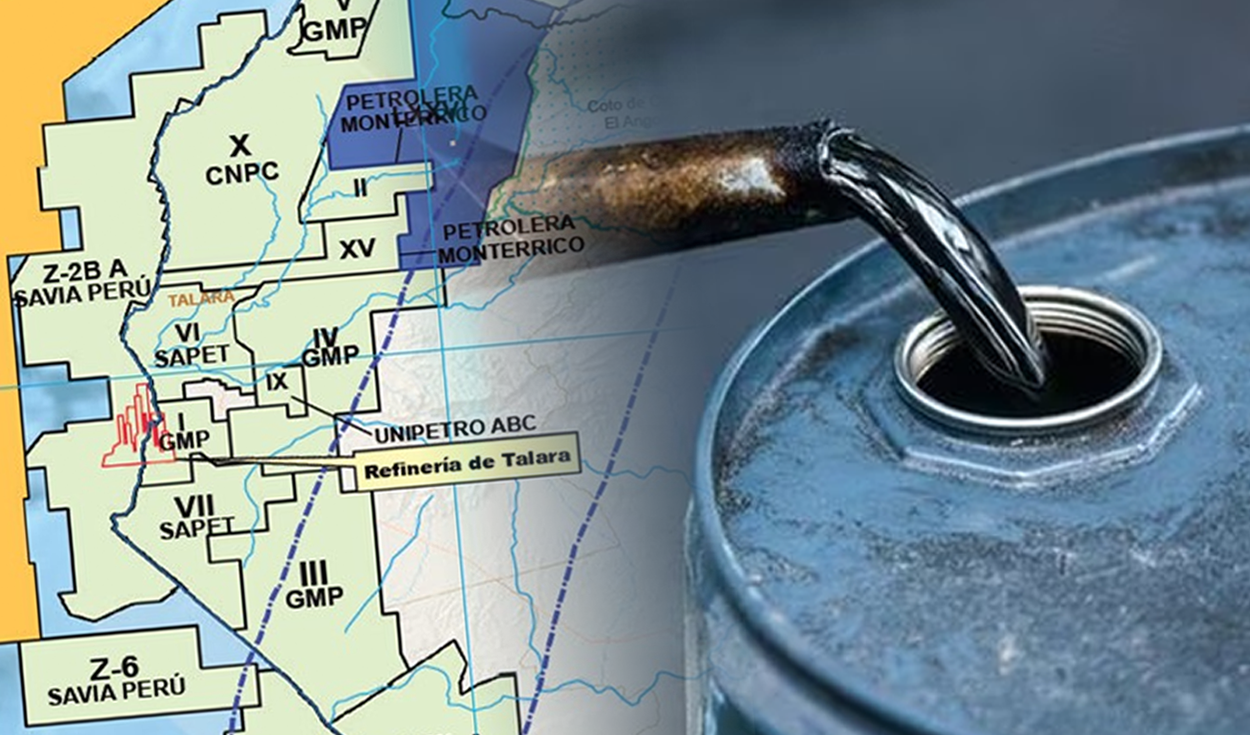
Despite having the northwest lots just around the corner, a few kilometers away, the New Talara Refinery (NRT) of Petroperu it buys the oil, which it later converts into fuel for the Peruvian market, at international prices. Why does this happen?
Aurelio Ochoa Alencastre, former president of Perúpetro, explains that, according to the Organic Hydrocarbons Law (LOH), the commercialization of oil must be carried out in the free market through the law of supply and demand, that is, an increase in the latter at (such as when OPEC reduces its pumping levels) ends up dragging down prices at the local level.
But that is not the only factor that forces Petroperú to buy Talara crude as if it came from the United States Gulf: it happens that our country has an oil deficit, that is, its production is not enough to cover local demand. And the lots that once belonged to the state oil company are now in the hands of the private company since it was privatized in the 1990s.
In 2022, for example, all blocks in Peru, including those in the jungle and Talara, produced an average of 40,538 barrels per day (bpd). Instead, domestic demand exceeds 200,000 bpd. What about everything else? It is imported from other markets where, according to Ochoa Alencastre, “there is a strong hydrocarbons industry.” According to official figures, at least US$ 6,000 million are invested each year in this task.
In theory, if Peru’s oil production better covered domestic demand, the Peruvian State, through Petroperú, could offer fuel at more competitive prices, “but without operating at a loss,” as is the case in other countries in the region. region, such as Colombia and Chile. The latter, for example, sells fuel to Peru without even having the same oil potential, and it does so through the state-owned ENAP.
But production has been declining in recent years: 38,391 bpd in 2021, 39,680 bpd in 2020, and 52,980 bpd in 2019. Far from the 69,550 bpd of 2011. Without local production and with the little oil that is extracted in private hands, “there is little that can be done”, explains the specialist. It should be noted that Petroperú does not have taps, it only rents its name through the “Petrored”, so it does not decide on the final price to the consumer either.
Ochoa Alencastre explains that the privatization model did not end up encouraging investment in the sector. Instead, the private companies of Talara, which in the coming years will have to revert the lots in favor of Petroperú, only “dedicated themselves to drying the crude that flowed there” without carrying out further risky exploration to increase the reserves.
“For this reason, it is important that Petroperú can recover the lots that once belonged to it, but not only that, but also join a private partner that helps it make greater exploration investments and recover the levels that existed before,” he says.
Source: Larepublica
Alia is a professional author and journalist, working at 247 news agency. She writes on various topics from economy news to general interest pieces, providing readers with relevant and informative content. With years of experience, she brings a unique perspective and in-depth analysis to her work.











